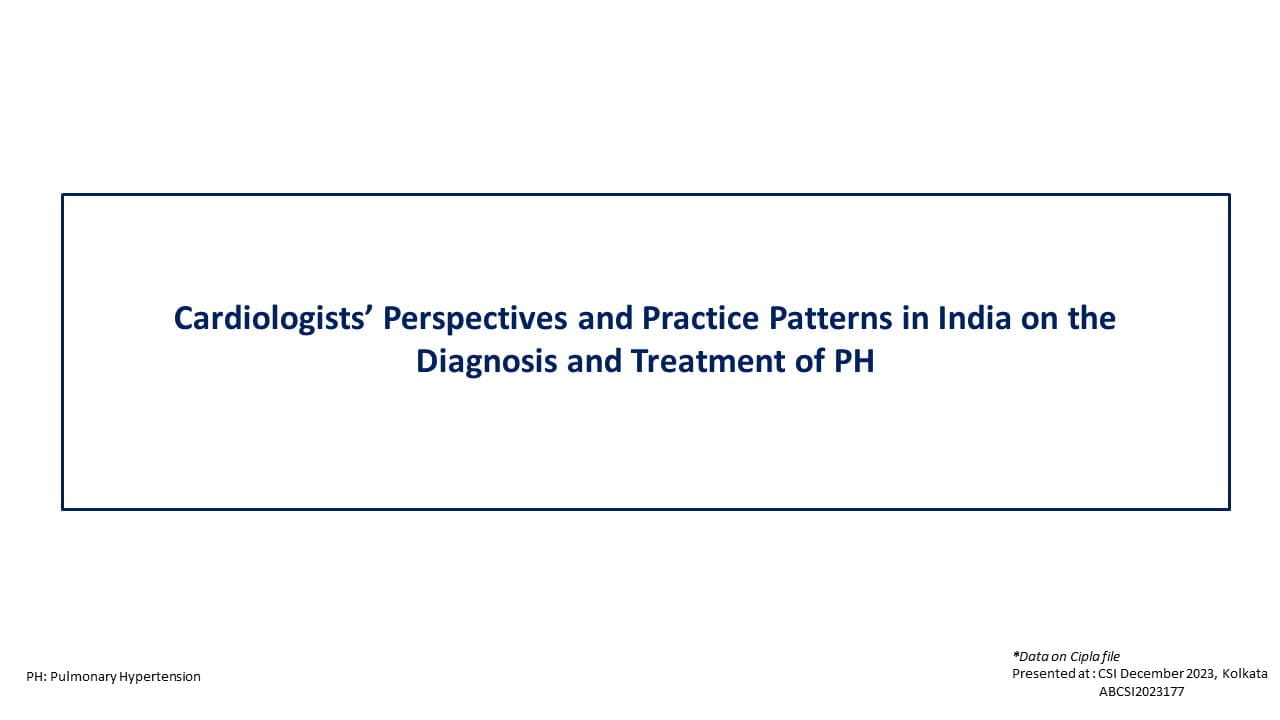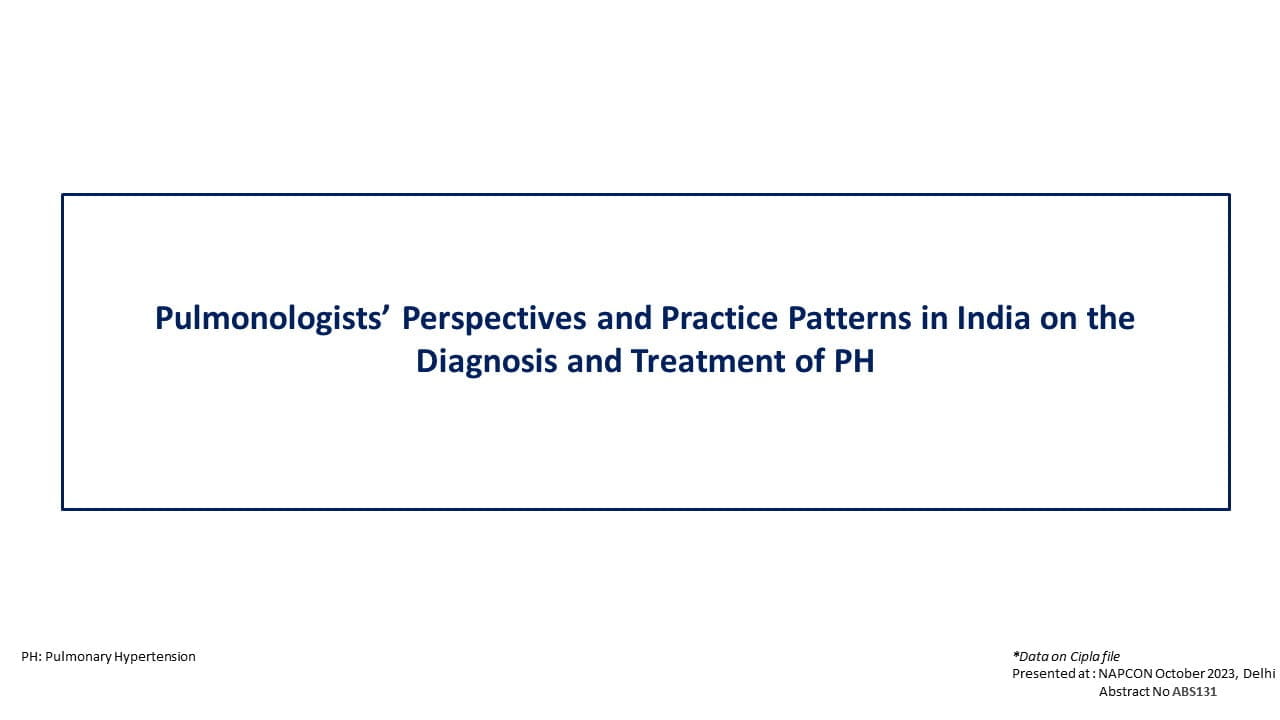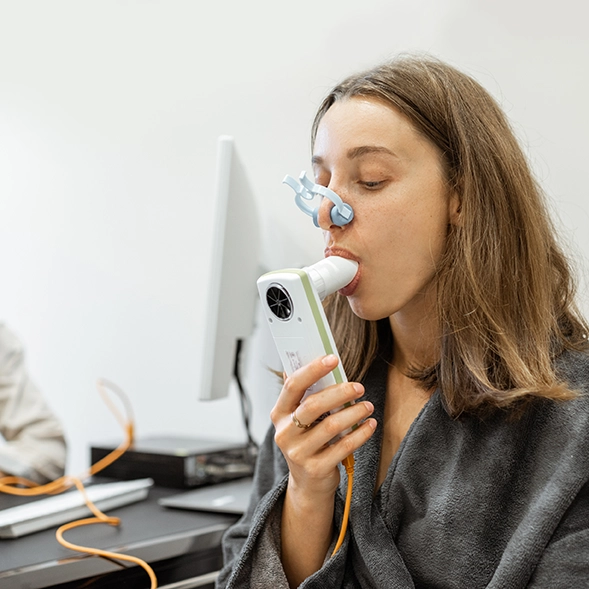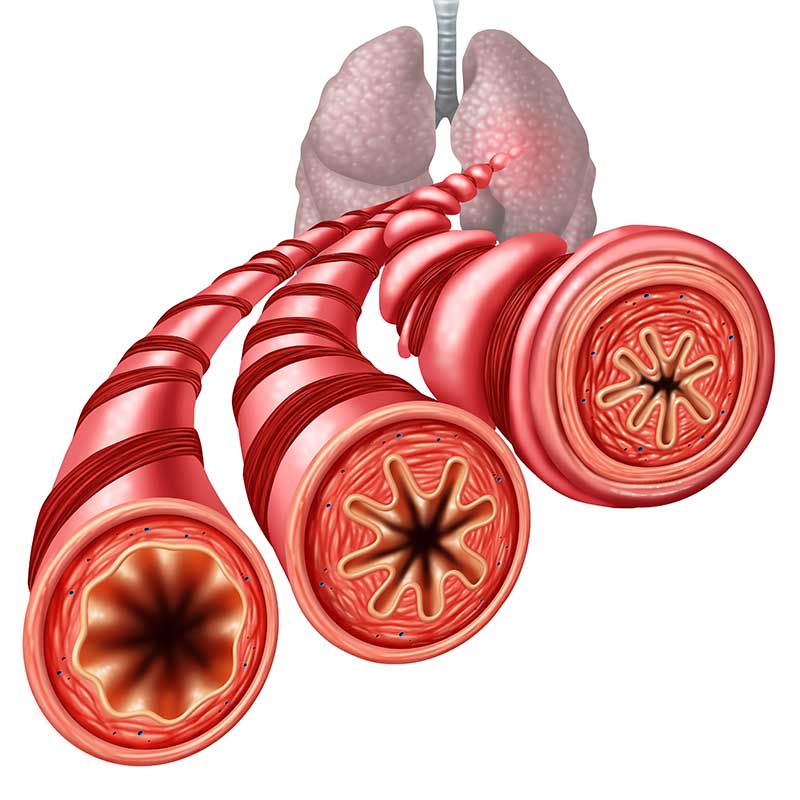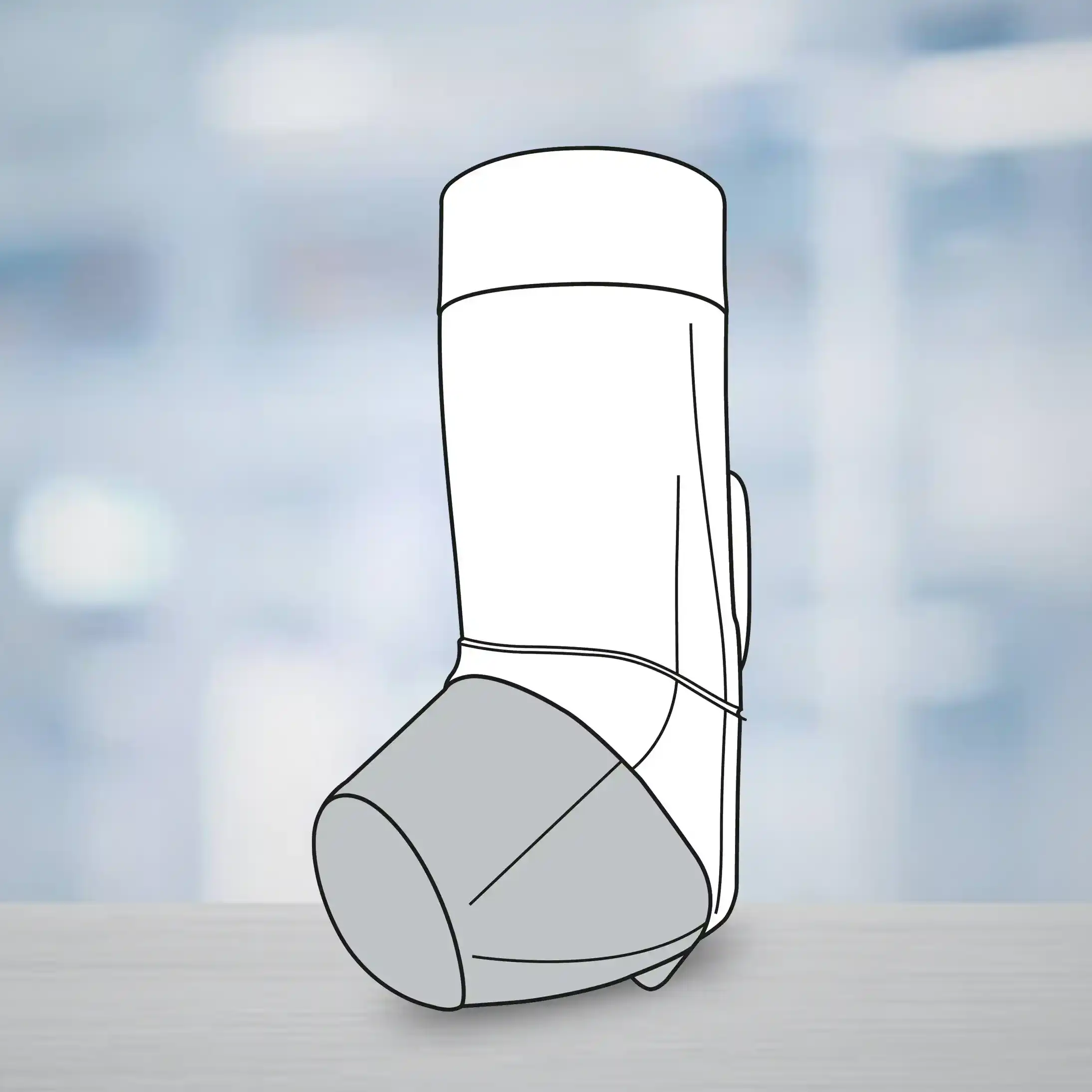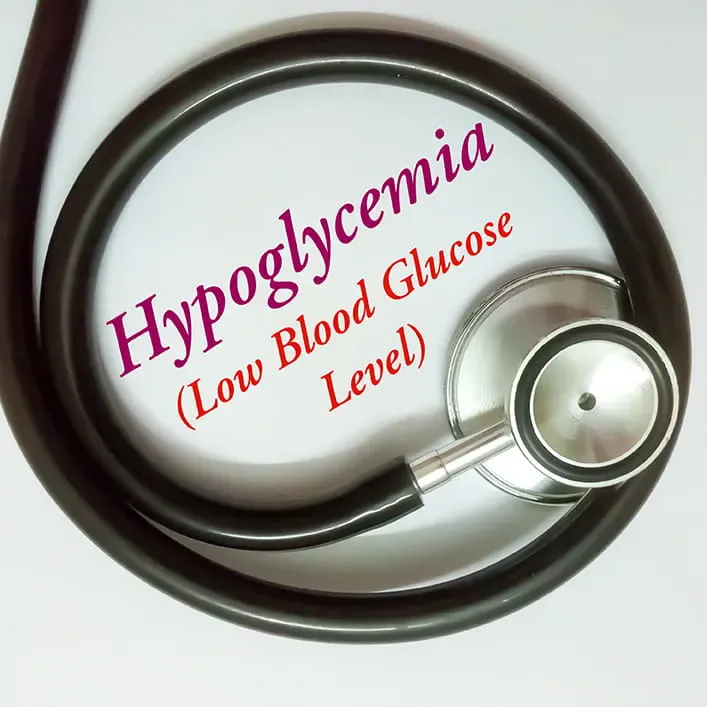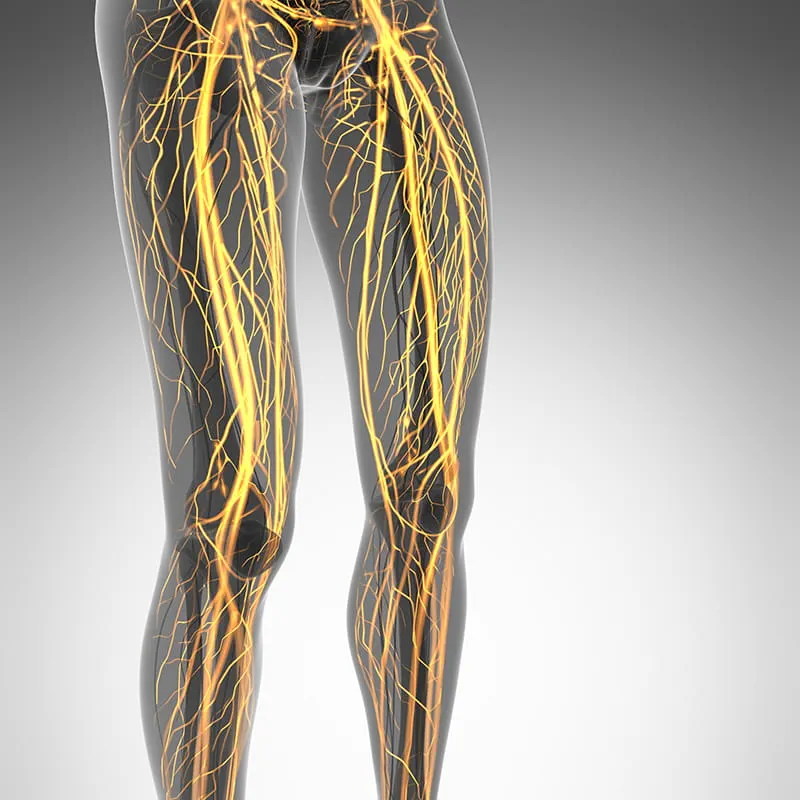ESBLS - Incidence and Susceptibility
Urinary tract infection (UTI) is the second most common infection diagnosed in outpatients as well as hospitalized patients and is often treated with different broad spectrum antibiotics. Fluoroquinolones are preferred as initial agents for empiric therapy of UTI in the area where resistance is likely to be of concern. This is because they have high bacteriological and clinical cure rates, as well as low rates of resistance, among most common uropathogens. The extensive uses of antimicrobial agents have invariably resulted in the development of antibiotic resistance, which, in recent years, has become a major problem worldwide.
The etiology of UTI and antibiotic resistance of uropathogens have been changing over the past few years, both in community and nosocomial infection. However, there is no much information on etiology and resistance pattern of community acquired UTIs from India.
This retrospective study was conducted to compare the frequency and drug resistance pattern in uropathogens isolated from patients with community acquired UTIs in Aligarh (India) as well as identification of ESBL producer strains among the uropathogens.
Urinary isolates from symptomatic UTI cases attending to the J. N. Medical College and Hospital at Aligarh were identified by conventional methods.
- Gram-negative aerobic rods accounted for 92% while gram-positive cocci accounted for the remaining 8% of the total pathogens.
- More cases of UTIs were recorded among young and middle age patients (20-49 years, 51.04%) while paediatric patients (new born to 19 years) and elderly (50-80 years) constituted 36.45% and 16.66 % of the total number.
- Klebsiella pneumoniae which is considered to be rare in community acquired UTI, in the present study it accounted for 22% of total uropathogens, while others were E. coli (61 %), P. aeruginosa (4.0%), S. aureus (7.0%), A. baumannii (3.0%), Citrobacter spp. (2.0%) and E. faecalis (1.0%).
- 42% of UTI pathogens were found to produce ESBL.
- Indian isolates showed higher resistance against ampicillin, co-trimoxazole and nitrofurnatoin, while resistance rate to extended spectrum cephalosporins ranged from 55-85%.
- Among the beta lactam antibiotics, imipenem had the widest coverage against gram-negative isolates (100%). This was followed by amikacin, ciprofloxacin and norfloxacin (67%).
- Imipenem is highly stable against ?-lactamase and has an unusual property of causing a post antibiotic effect on gram-negative bacteria. Due to its small molecular size it can overcome the poor permeability of ?-lactams for Pseudomonas by efficient penetration through the porin, OMPD
It is quite alarming to note that almost all of the isolates included in this study were found resistant to four or more antibiotics. Since imipenem and amikacin were found to be highly effective compared to the other antibiotics tested, they may be the drugs of choice for the treatment of community-acquired UTIs in region with high incidence of ESBLs enterobacteriacae.
Ann Clin Microbiol and Antimicrob 2007; 6:4
Antibiotic resistance in gram negative uropathogens is on rise, with ESBLs becoming a pandemic problem. In addition to ESBLs, Amp-C beta-lactamases are clinically important because they confer resistance to narrow, expanded and broad spectrum cephalosporins, beta-lactam/beta lactamase inhibitor and aztreonam. Keeping this in view, a five month prospective study was conducted at the Enteric Laboratory of the Department of Medical Education & Research (PGIMER), Chandigarh to determine the occurrence of ESBL and Amp-C producing strains.
Urine samples like clean catch midstream urine, catheter, suprapubic and nephrostomy from patients suspected to have urinary tract infection were collected and processed at the discretion of the provider.
- Among 9072 urine samples collected, uropathogens were isolated in significant numbers i.e 1979 (21.8%) samples.
- Overall, 22.1% were highly drug resistant uropathogens* and E. coli(32.6%), Klebsiella spp (16.6%) and P. aeruginosa (28.5%).
- ESBLs accounted for 36.5% of HDRU*, while it was assumed that the rest were Amp-C producers.
- The most effective antibiotics were piperacillin/tazobactam and imipenem, while imipenem was more effective for Amp-C producers.
Routine screening for ESBL and Amp-C production need to be done for all uropathogens causing complicated urinary tract infection. Carbapenems and piperacillin/tazobactam are effective for treatment of uropathogens producing Amp-C and ESBLs respectively.
* HDRU: Defined as resistant to 3rd generation cephalosporins (cefotaxime/ceftazidime), ciprofloxacin and getamicin/amikacin.
Indian J Med Res 2008; 127:85-88.
Diabetic foot lesions are a major medical, social and economic problem and are the leading cause of hospitalization for patients with diabetes, worldwide. Patients with diabetes mellitus and dialysis patients are at high risk of enterobacteria infection. In recent years, there has been an increase in the incidence and prevalence of ESBLs. Currently there is paucity of data on ESBL-producing organisms from diabetic foot infections.
To examine the occurrence of ESBL-producing gram-negative bacteria in diabetic foot infection with type 2 diabetes mellitus and determine the clinical outcome.
A total of 134 isolates of E. coli and K. pneumoniae were obtained from tissue, pus swab and wound swab samples from diabetic foot ulcers from type 2 diabetic patients attending S. L. Raheja Hospital.
- Among 134 isolates, 54 were E. coli and 80 were K. pneumoniae among which, ESBL production was detected in 48.38% and 51.6% isolates respectively.
- All ESBL-producing isolates were found to be 100% sensitive to imipenem and meropenem.
- Based on susceptibility report combination of carbapenem, amikacin and piperacillin/tazobactam was given to patients; mortality rate being 3.22% due to septicaemia leading to multiple organ failure.
ESBLs producing Enterobacteriacae are now becoming an important group in community as well as hospital acquired infections, which emphasize rational use of drugs to minimize the misuse of available antimicrobials.
Indian J pathol Microbiol 2008; 51(3): 370-372.
Enterobacteriaceae producing both Amp-C beta-lactamases and ESBLs have been increasingly reported worldwide. More recently, and ominously, the class C enzymes (Amp-C) have found their way onto plasmids, by means of which they have been disseminated among bacterial strains. The objective of this study was to simultaneously screen for ESBL and Amp-C beta-lactamases in nosocomial gram-negative clinical isolates from a tertiary care hospital in Delhi.
A total of 282 consecutive, non-repetitive, gram-negative clinical isolates over a period of 6 months (January-June 2007) from a variety of clinical samples as pus, wound swab, body fluids, sputum, blood of indoor patients processed at Lady Hardinge Medical College (Delhi) were included in the study.
- Of 282 isolates, ESBL production was noticed in 57% isolates with maximal incidence in E. coli (72%), followed by Klebsiella pneumoniae (38%).
- Amp-C producers were confirmed in 58.5% of total isolates, with maximal incidence of Amp-C production among 70% of E. coli and 56.7% of Klebsiella pneumoniae.
- Co-production of Amp-C and ESBLs was seen in 40%, with maximal incidence in E. coli.
- Amongst Amp-C producers, senstivity to imipenem was seen in 97% and cefepime was 87.6%.
High sensitivity to carbapenemsindicates its continued efficacyas the first line agent for the treatment of nosocomial infections caused by enterobacteriacae producing ESBL and Amp-C beta-lactamases.
Indian J Pract Doctor Vol 4, No 6 (2008-01 - 2008-02)


